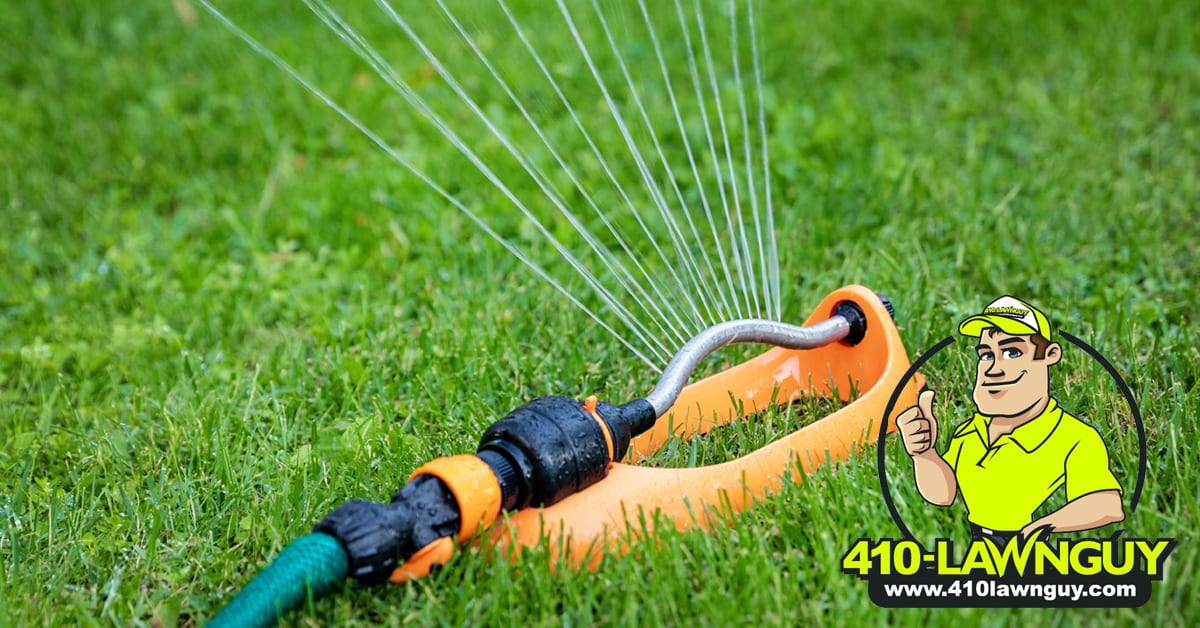 To maintain a lush and green lawn, adequate and regular watering is needed. Even if you have healthy soil, a lack of enough water supply will lead to the grass’s shriveling up. At the same time, with excess water, the grass will be oversaturated and eventually die. Watering a lawn might appear like a simple task; however, there are factors to consider, like how often and what time of day your grass needs water supply?
To maintain a lush and green lawn, adequate and regular watering is needed. Even if you have healthy soil, a lack of enough water supply will lead to the grass’s shriveling up. At the same time, with excess water, the grass will be oversaturated and eventually die. Watering a lawn might appear like a simple task; however, there are factors to consider, like how often and what time of day your grass needs water supply?
How Often Should You Water the Lawn?
The frequency of watering your lawn depends on several factors like the type of soil. For instance, if you have clay soil, you should water at least once a week due to its ability to retain water for long hours. On the other hand, you should water sandy soil at least three times a week. Watering the lawn more frequently, however, comes with the risk of overwatering.
It is worth mentioning that too frequent or light watering can encourage fungus growth alongside shallow root structure. Adequate watering will soak the soil and encourage the roots to grow deeper and stronger.
What Is the Right Time Of the Day to Water the Lawn?
Although your lawn needs a constant water supply, it does not necessarily mean you can water it any time of the day. The perfect time to water the lawn is usually early in the morning when temperatures are cooler. In such an environment, there is a calm breeze that minimizes evaporation. Furthermore, the grass will be under less stress during the hottest parts of the day, thanks to early morning watering.
Alternatively, late in the afternoon is another perfect time to water your lawn. Don’t water the lawn late into the night despite the cool temperatures. It poses a significant risk since a wet lawn at night can be the perfect breeding ground for fungus growth.
How Much Water Does My Lawn Need?
As highlighted, watering your lawn is all about frequency and the proper water supply. Therefore, you don’t have to water the yard every day. There are some ways to tell how much water your lawn needs.
Determining the Right Amount of Water
Monitor the Soil
After watering, check the soil if it has soaked after about 15 minutes. You can use a screwdriver in determining the depth of water after watering. Remember to record the time when you’ve soaked the soil up to 6 inches.
Do the Calculations
This is the most effective means of determining if your lawn has enough water supply. Using the sprinklers, it has the manufacturer’s flow rate. You need to multiply the square footage of your yard by 0.62 gallons, then divide it by the sprinkler flow rate. The result will give you the minutes you need the sprinkler to keep running.
Can Measuring
With this method, you need to place clean cans in several spots on the lawn. Measure the time taken to collect about 1 to 1.5 inches of water in every can. Note that the sprinkler coverage patterns may vary throughout the yard.
Dealing With Different Types Of Lawns
Throughout the year, your lawn will not only depend on mother nature to remain green. Additional irrigation is needed. For a newly seeded lawn, ensure the soil’s top inch has enough moisture but not very soggy. Once the seeds start to germinate, the top two inches are wet until the grass reaches a mowing height. After that, you may need to adjust your watering schedule to around two times a week and adjust the depth to which you soak the soil, soaking it to approximately six to eight inches or so.
Are You Overwhelmed With Watering Guidelines?
Does this sound like a science project to you? Never fear 410 Lawn Guy is Here! Contact us, and we’ll help you maintain a watering schedule that is just right for your lawn! We’ll be happy to do an analysis and help with any of your lawn care needs!

